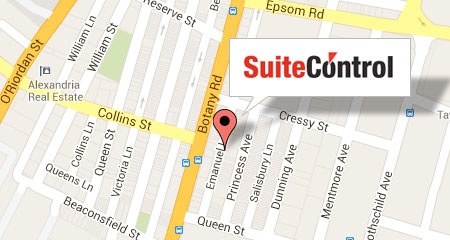Salvage Value Calculator

The double-declining balance method is a depreciation technique used to calculate the reduction in value of an asset over its useful life. This method allows for faster depreciation in the earlier years and slower depreciation in the later years. Salvage value helps to figure out how much your old stuff is worth when it’s done being useful.
Factors Affecting Salvage Value Calculation
The useful life assumption estimates the number of years an asset is expected to remain productive and generate revenue. Sometimes, an asset will have no salvage value at the end of its life, but how do i request an irs tax return transcript the good news is that it can be depreciated without one. You can stop depreciating an asset once you have fully recovered its cost or when you retire it from service, whichever happens first.
What Is the Loss for Tax Value?
This way, the salvage value helps in determining the depreciation; which is an integral part of accounting. A depreciation schedule helps you with mapping out monthly or yearly depreciation. As is clear from the definition, the value of equipment or machinery after its useful life is termed the salvage value. Simply put, when we deduct the depreciation of the machinery from its original cost, we get the salvage value.
- Salvage value might only focus on its worth when it’s done, without considering selling costs.
- In such cases, the insurance company decides if they should write off a damaged car considering it a complete loss, or furnishing an amount required for repairing the damaged parts.
- Deskera ERP provides comprehensive asset management features that streamline the tracking, depreciation, and eventual disposal of assets.
- The price you will pay for a lease buyout will be based on the residual value of the car.
- Now, you are ready to record a depreciation journal entry towards the end of the accounting period.
Sum-of-the-Years-Digits Depreciation Method
From there, accountants have several options to calculate each year’s depreciation. This method requires an estimate for the total units an asset will produce over its useful life. Depreciation expense is then calculated per year based on the number of units produced. This method also calculates depreciation expenses based on the depreciable amount. To calculate salvage value, subtract the total depreciation from the original purchase price.

It is a critical component in assessing the profitability of an investment and the financial impact of disposing of an asset. Salvage value is a concept that holds significant importance in the world of business. This value plays a crucial role in financial decision-making as it affects various aspects such as depreciation, asset disposal, and capital budgeting. Understanding the definition and significance of salvage value helps business owners and managers make informed choices and plan for the future.
Double-Declining Balance
It includes equal depreciation expenses each year throughout the entire useful life until the entire asset is depreciated to its salvage value. An estimated salvage value can be determined for any asset that a company will be depreciating on its books over time. Some companies may choose to always depreciate an asset to $0 because its salvage value is so minimal. Salvage value is also called scrap value and gives us the annual depreciation expense of a specific asset.
The matching principle is an accrual accounting concept that requires a company to recognize expense in the same period as the related revenues are earned. If a company expects that an asset will contribute to revenue for a long period of time, it will have a long, useful life. From this, we know that a salvage value is used for determining the value of a good, machinery, or even a company.
This difference in value at the beginning versus the end of an asset’s life is called “salvage value.” Salvage value is the monetary value obtained for a fixed or long-term asset at the end of its useful life, minus depreciation. This valuation is determined by many factors, including the asset’s age, condition, rarity, obsolescence, wear and tear, and market demand. In some contexts, residual value refers to the estimated value of the asset at the end of the lease or loan term, which is used to determine the final payment or buyout price. In other contexts, residual value is the value of the asset at the end of its life less costs to dispose of the asset.








